Topic: Canadian Army

567 Deserters Sought by Canadian Army
Military Police in Canada and Europe Still On the Lookout Two Years after End of War
The Evening Citizen, Ottawa, 1 May 1947
By Franck Swanson, Citizen Parliamentary Reporter
Military Police in Canada and allied military police all over Europe are still on the look-out for 567 Canadian deserters nearly two years after the end of the war with Germany.
Many of them have been "on the loose" since the early days of the arrival in the United Kingdom of Canada's overseas army, although the bulk are missing in Canada. A few are still at large in Europe and are believed to be in countries where Canadians served during the war.
Servicemen classed officially as "deserters" are listed separately from approximately 14,000 men who were conscripted into the service and then deserted before being sent overseas. They are listed on official army records as "deemed not to have served."
Never Part of Force
The difference in classification is that in the case of soldiers, sailors and airmen listed as deserters, certain rehabilitation benefits are still available. In the case of the men "deemed not to have served," no discharge credits have been or will be available. In other words, NRMA men who deserted before being shipped overseas were never officially part of the armed forces, and their names have been wiped from the slate of those who did serve.
Army personnel lead the parade of servicemen listed as deserters with 465 unaccounted for. The biggest proportion, 325 soldiers, are listed as having deserted in Canada, with the remainder, 140, listed as missing in Europe.
Seventy-five members of the navy are missing and listed as deserters in Canada with only five having disappeared overseas. In the case of the air force, there are 20 members missing in this country with only two still listed in Europe.
There is no question of an amnesty being granted the missing men. When, or if they are found, they will have to stand trial in the usual manner, and accept their punishment which invariably will run to long-term jail sentences. In the case of soldiers, sailors and airmen apprehended overseas, they would be returned to Canada for trial and imprisonment.
Many of those living overseas are believed to be in Britain where they are living on stolen or forged ration cards. According to Scotland Yard records there, 60 per cent of all recent crimes have been committed by army deserters of all nationalities—Canadian included. There are no figures in this country to show what percentage of crimes deserters are responsible for.
National Resources Mobilization Act (NRMA)

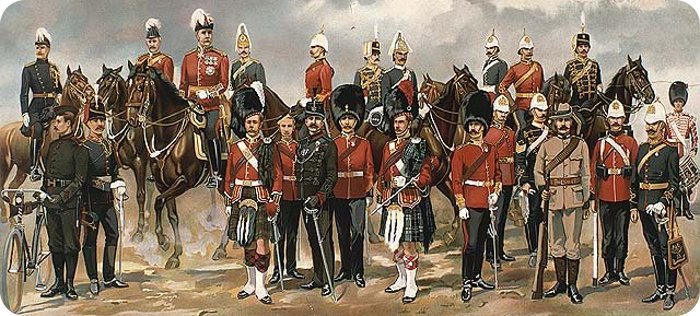



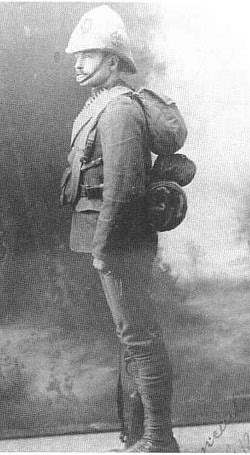
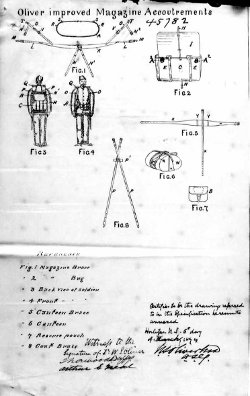


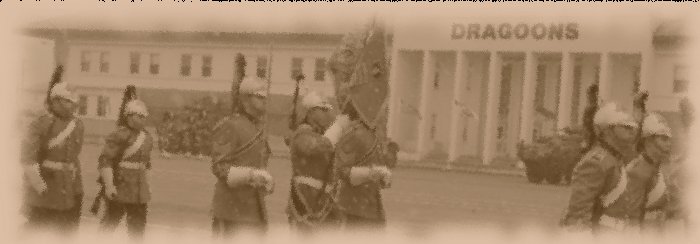
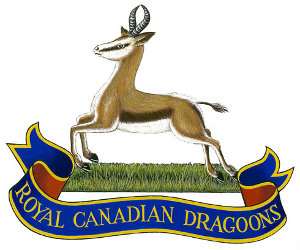 These were the questions I asked
These were the questions I asked 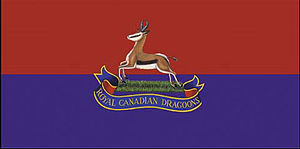 Back came the mugs. And lo and behold there was one suitably engraves for " Lt. J.G. Smithers." The joke was on someone. But it was too good to let it pass. And so the mug of Lt. Smithers remains behind the bar with the rest. And each visitor gets to have drink from this tankard first of all whether it is milk or something a little more appealing. He hears the story of how the officers presented the mugs and a little about each officer. Sooner or later he is bound to ask about the officer whose tankard he has borrowed. And it is then that he hears the story of Lt. J.G. Smithers, the ghost officer of the Royal Canadian Dragoons who never served, who never will be, and who really doesn't exist, yet is a tradition in the regiment.
Back came the mugs. And lo and behold there was one suitably engraves for " Lt. J.G. Smithers." The joke was on someone. But it was too good to let it pass. And so the mug of Lt. Smithers remains behind the bar with the rest. And each visitor gets to have drink from this tankard first of all whether it is milk or something a little more appealing. He hears the story of how the officers presented the mugs and a little about each officer. Sooner or later he is bound to ask about the officer whose tankard he has borrowed. And it is then that he hears the story of Lt. J.G. Smithers, the ghost officer of the Royal Canadian Dragoons who never served, who never will be, and who really doesn't exist, yet is a tradition in the regiment.
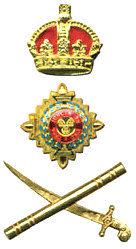 3. Metal Badges of Rank—Officers
3. Metal Badges of Rank—Officers
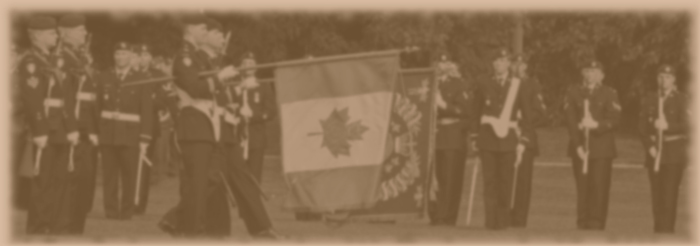
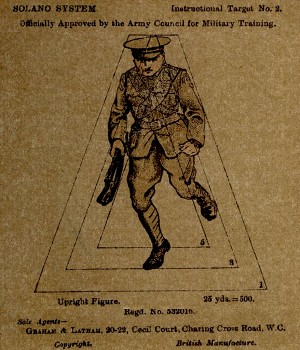
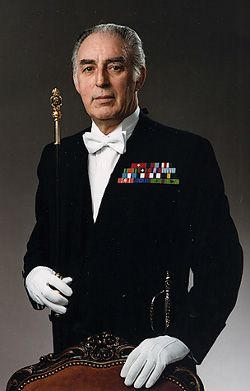

 Canadian Bravery Decorations
Canadian Bravery Decorations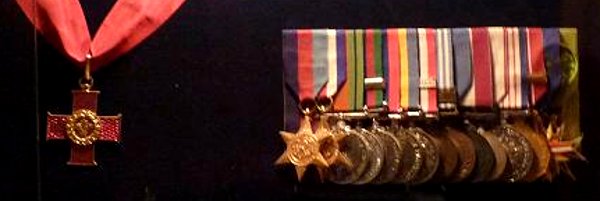
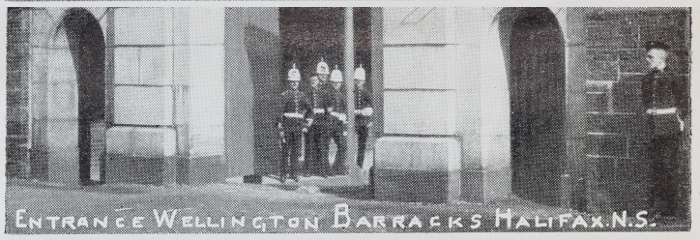
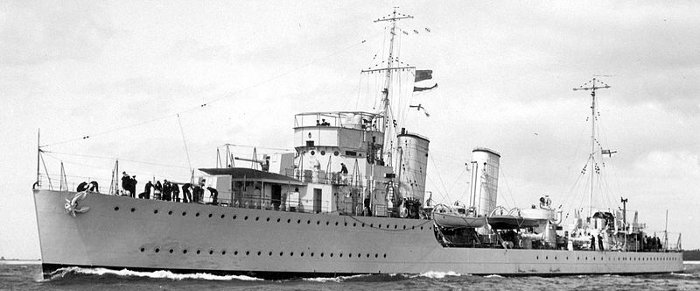
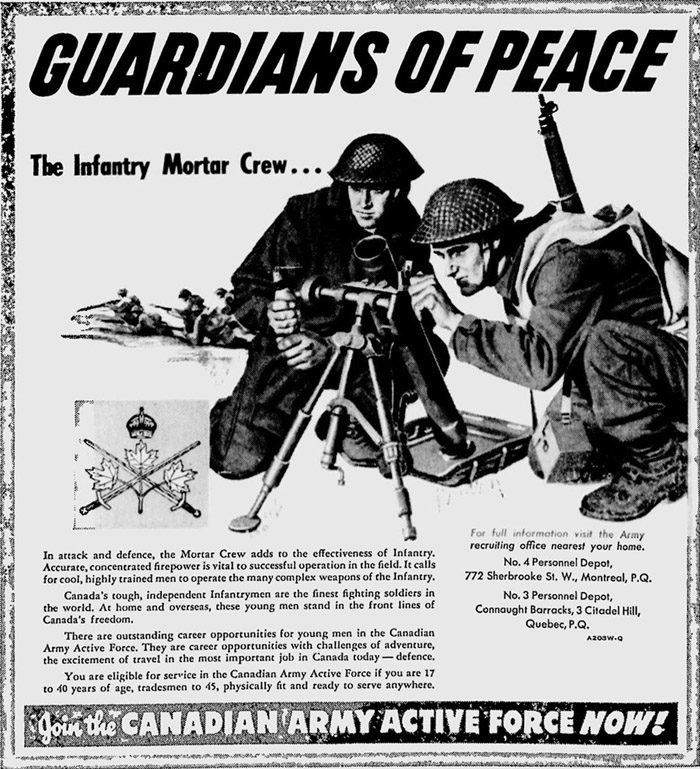

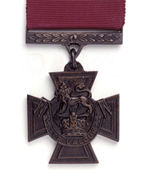 Lord Ashcroft's VCs
Lord Ashcroft's VCs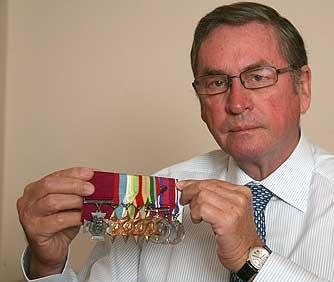 Follow Lord Ashcroft on Twitter
Follow Lord Ashcroft on Twitter


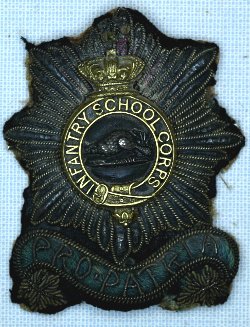
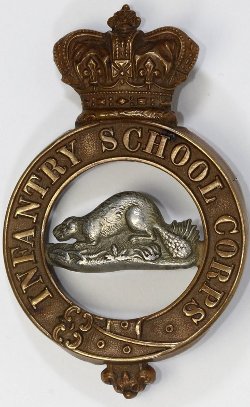
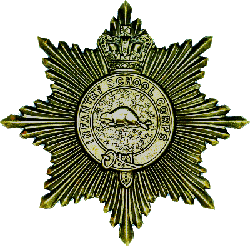
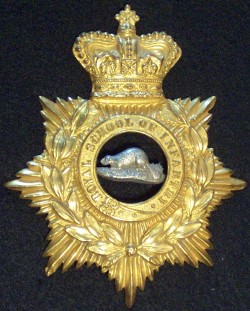

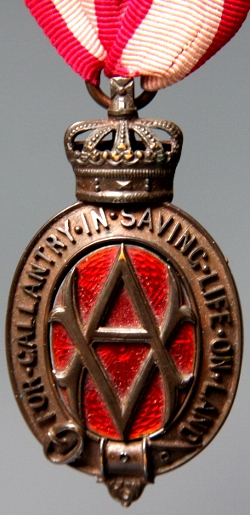 The Albert Medal was authorized by her Majesty Queen Victoria on 12 March, 1866, and
The Albert Medal was authorized by her Majesty Queen Victoria on 12 March, 1866, and 
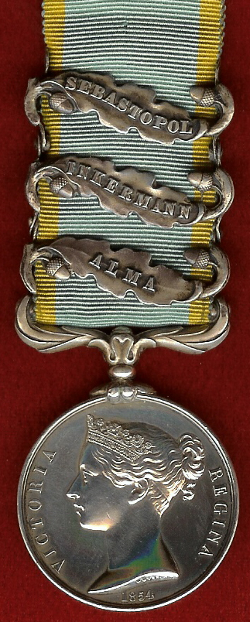 Never a word of a lie in it!
Never a word of a lie in it!